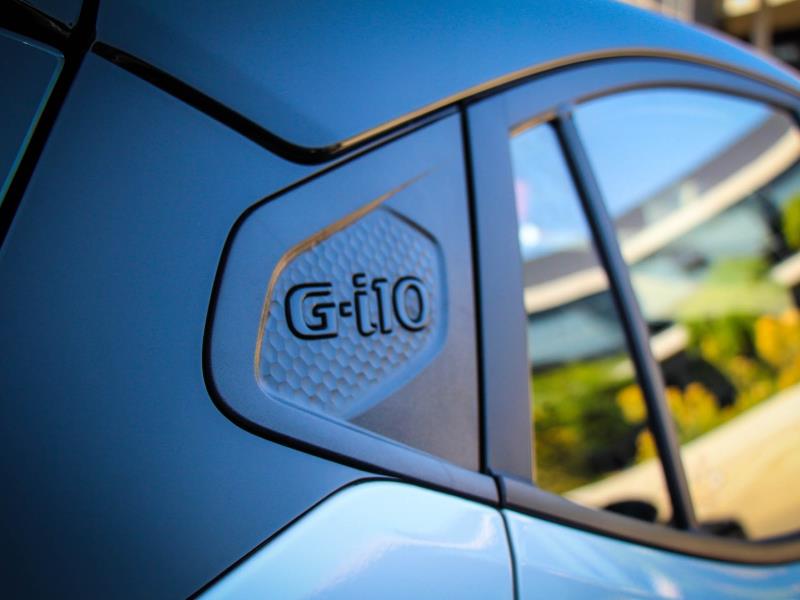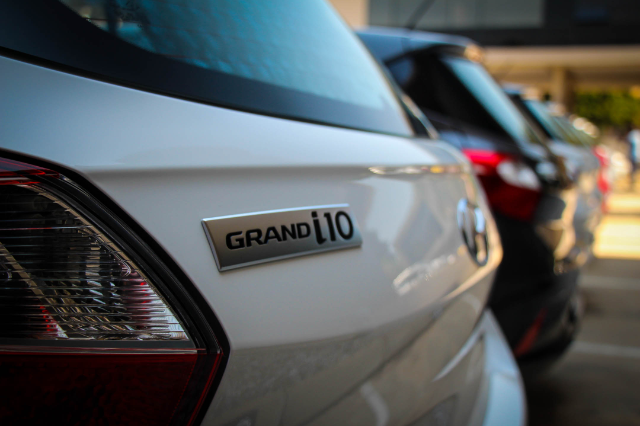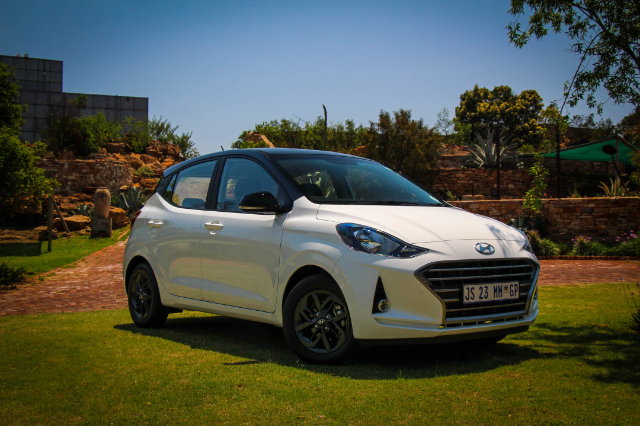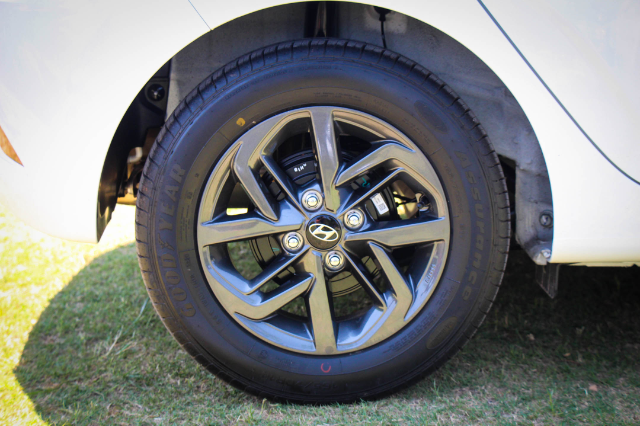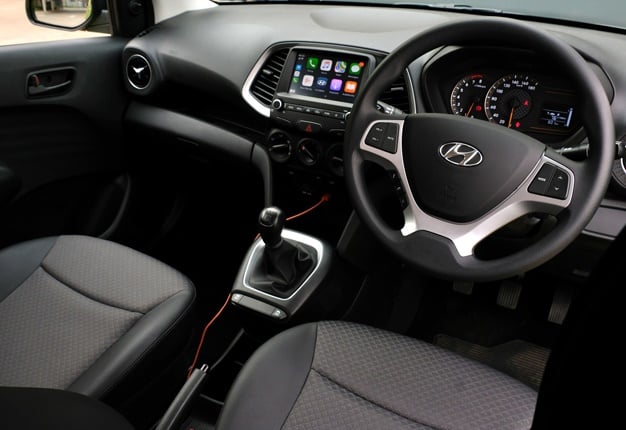
.
What you want to know
Does the 2021 Hyundai Tucson have all-wheel drive?
The 2021 Tucson usually sends drive to its front wheels, although all-wheel drive (AWD) can be ordered on any trim at an additional cost. The Tucson’s AWD system is an on-demand type, meaning the car remains pulled by its front wheels until traction is needed, at which point all four wheels are driven. However, it can be locked into a 50/50 front-to-rear power split for better grip in slippery conditions.
.
Which is bigger, the Hyundai Santa Fe or the Hyundai Tucson?
The Santa Fe is larger. The Hyundai Tucson is considered a compact crossover/SUV and competes against the Honda CR-V, Toyota RAV4, Ford Escape, Kia Sportage, Mazda CX-5 and Nissan Rogue, while the midsize Santa Fe is more like a Chevrolet Blazer, Nissan Murano or Ford Edge.
.
Is the 2021 Hyundai Tucson safe?
Undoubtedly. The Insurance Institute for Highway Safety (IIHS) gave the Tucson its highest rating of Good in every category and named it a Top Safety Pick. The National Highway Traffic Safety Administration (NHTSA) awarded the Hyundai Tucson its maximum score of five stars overall.
.
Overview
The 2021 Hyundai Tucson from Group 1 Hyundai has an unbeatable 10-year/100,000-mile powertrain warranty. It could also be said that the Tucson offers a more muscular engine and all-wheel drive.
.
The 2021 Tucson still represents good value for money, and owners won’t lose their shirts on it when the time comes to sell.
.
Driving the 2021 Hyundai Tucson
There are no big surprises or troublesome learning curves with the 2021 Tucson. It’s comfortable and quiet, and the suspension has been tuned to take corners with confidence, despite the vague steering feel. Sport trim’s 19-inch wheels tend to reduce ride quality and increase sound levels, so test-drive a few versions to find the ideal choice.
.
Favourite Features
HANDS-FREE SMART POWERED TAILGATE
.
No need to wave a foot under the bumper, simply approach the rear of the Tucson with the key fob in your pocket, wait a few seconds, and the tailgate opens automatically.
.
YES ESSENTIALS STAIN PROTECTION
.
The Tucson’s Yes Essentials seat fabric is a brilliant addition to an already nice cabin. Beyond repelling stains, the material also helps to reduce the build-up of odours and static electricity.
.
2021 Hyundai Tucson Interior
A sensible dashboard houses simple controls for the climate and audio systems. At night, those controls have soft blue back-lighting. The digital display doesn’t overload the driver with too much information. A 7-inch infotainment touchscreen (measured diagonally) is also standard, going up to an 8-inch unit in the Ultimate. Limited and Ultimate trims have leather seating surfaces.
.
The rear seats are comfortable enough, even if passenger space back there is not class-leading. And the luggage area’s adjustable floor also includes storage for the cargo cover. With the rear seats in place, cargo space is 31 cubic feet. When folded, it’s 61.9 cubic feet.
.
2021 Hyundai Tucson Exterior
The clean look of the 2021 Hyundai Tucson is arguably easy on the eye, especially for fans of Audi’s styling approach. There’s nothing wrong with a mainstream marque paying homage to something upscale and successful. It makes the commute more bearable and lets the owner feel good.
.
Beneath the styling is a chassis made up of more than 50 percent high-strength steel, contributing to the Tucson’s excellent safety credentials. SE and Value models ride on 17-inch wheels, while the SEL, Limited and Ultimate move up to 18s. The Sport trim rolls on 19-inch wheels.
.
2021 Hyundai Tucson Notable Standard Equipment
A lavish amount of standard equipment for the money has long been a hallmark for Hyundai. In ascending order, the 2021 Hyundai Tucson’s trim levels are SE, Value, SEL, Sport, Limited, and Ultimate.
.
SE starts off with a 164-horsepower 2.0-liter 4-cylinder engine, front-wheel drive, 17-inch alloy wheels, heated/power-folding side mirrors, 6-way manually adjustable driver’s seat, Bluetooth, and smartphone integration.
.
The obviously but aptly named Value trim adds blind-spot monitoring, an 8-way power-adjustable driver’s seat, heated front seats, satellite radio, and keyless entry/ignition.
.
LED headlights and an Infinity audio system come in at the Sport level, while the Limited trim has leather seating surfaces, a heated steering wheel, and a 360-degree camera system. The Ultimate comes with an 8-inch infotainment touchscreen, navigation, adaptive cruise control, and a panoramic sunroof.
.
2021 Hyundai Tucson Notable Optional Equipment
All-wheel drive is optional in every trim level. The bigger 181-horsepower engine goes into the SEL trim and above.
.
To acquire other desirable extras — like pedestrian detection for the forward collision mitigation system, rain-sensing wipers, powered tailgate, panoramic sunroof, wireless device charging, and heated rear seats — buyers must look to the higher trim levels.
.
2021 Hyundai Tucson Engine
The base SE and Value Edition employ a 2.0-liter 4-cylinder engine making 164 horsepower. It does its job, but not in any noticeably refined manner. The rest of the range is propelled by a 2.4-liter 4-cylinder engine producing 181 horsepower. Both engines connect to a 6-speed automatic transmission.
.
All-wheel drive (AWD) is available with either engine, replacing the standard front-wheel-drive (FWD) setup.
.
2.0-liter inline-4
161 horsepower @ 6,200 rpm
150 lb-ft of torque @ 4,700 rpm
EPA city/highway fuel economy: 23/28 mpg (FWD), 22/25 mpg (AWD)
.
2.4-liter inline-4
181 horsepower @ 6,000 rpm
175 lb-ft of torque @ 4,000 rpm
EPA city/highway fuel economy: 22/28 mpg (FWD), 21/26 mpg (AWD)
.
Which 2021 Hyundai Tucson Model is Right for Me?
.
2021 Hyundai Tucson SE
17-inch alloy wheels
7-inch infotainment touchscreen
Apple CarPlay/Android Auto
Blind spot-compensating driver’ s-side mirror
Stain-resistant cloth upholstery
Driver attention monitoring
.
2021 Hyundai Tucson Value Edition
Blind-spot monitoring with rear cross-traffic alert
8-way power-adjustable driver’s seat (inc. 2-way lumbar adjustment)
Keyless entry/ignition
Heated front seats/side mirrors
Roof rails
Satellite radio
Blue Link Connected Car system
.
2021 Hyundai Tucson SEL
2.4-liter engine
18-inch alloy wheels
Dual-zone automatic climate control
Rear-seat vents
Second-row USB outlet
.
2021 Hyundai Tucson Sport
19-inch alloy wheels
Leather-wrapped steering wheel
Infinity 315-watt/8-speaker premium audio
Wireless charging
LED exterior lighting
Hands-free smart tailgate
.
2021 Hyundai Tucson Limited
18-inch alloy wheels
360-degree camera system
Leather seating surfaces
Heated steering wheel
Power-adjustable front passenger seat
.
2021 Hyundai Tucson Ultimate
Panoramic sunroof
8-inch touchscreen
Automatic high beams
Adaptive cruise control with stop/go
Ventilated front seats
Heated rear seats
.
2021 Hyundai Tucson Safety Technology
Forward-collision mitigation
This system warns the driver of an impending collision with the vehicle immediately ahead. Should the driver not respond, it will apply the brakes automatically and bring the car to a full stop. On the Ultimate trim, pedestrian detection technology is also included.
.
Blind-spot monitoring
Standard in the Value and higher trims, it detects vehicles in the driver’s blind spots and creates a visual alert in the relevant side mirror. If the driver doesn’t take corrective action, an audio warning will sound.
.
Automatic high beams
Offered only on the Ultimate trim, this feature automatically switches between low and high beams whenever it detects oncoming nighttime traffic.
.
Driver attention warning
Monitors the driver continuously. When it detects drowsiness or inattention, an audio alert is the first warning, followed by an alert message in the instrument cluster. Standard in every 2021 Tucson.
.
.
.
.
















